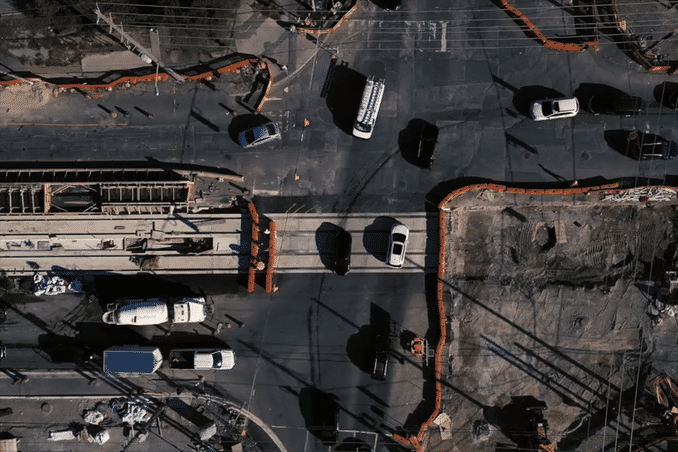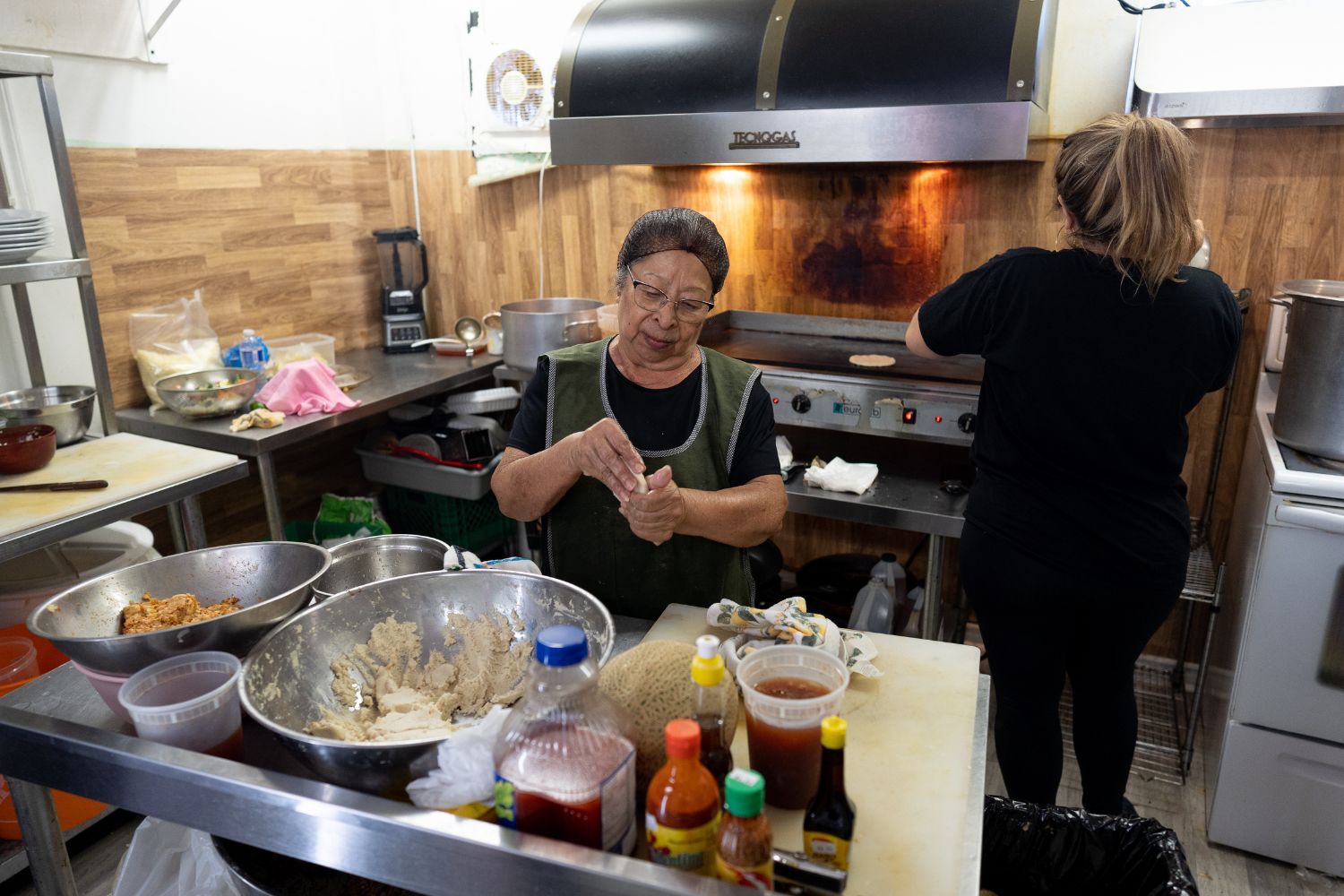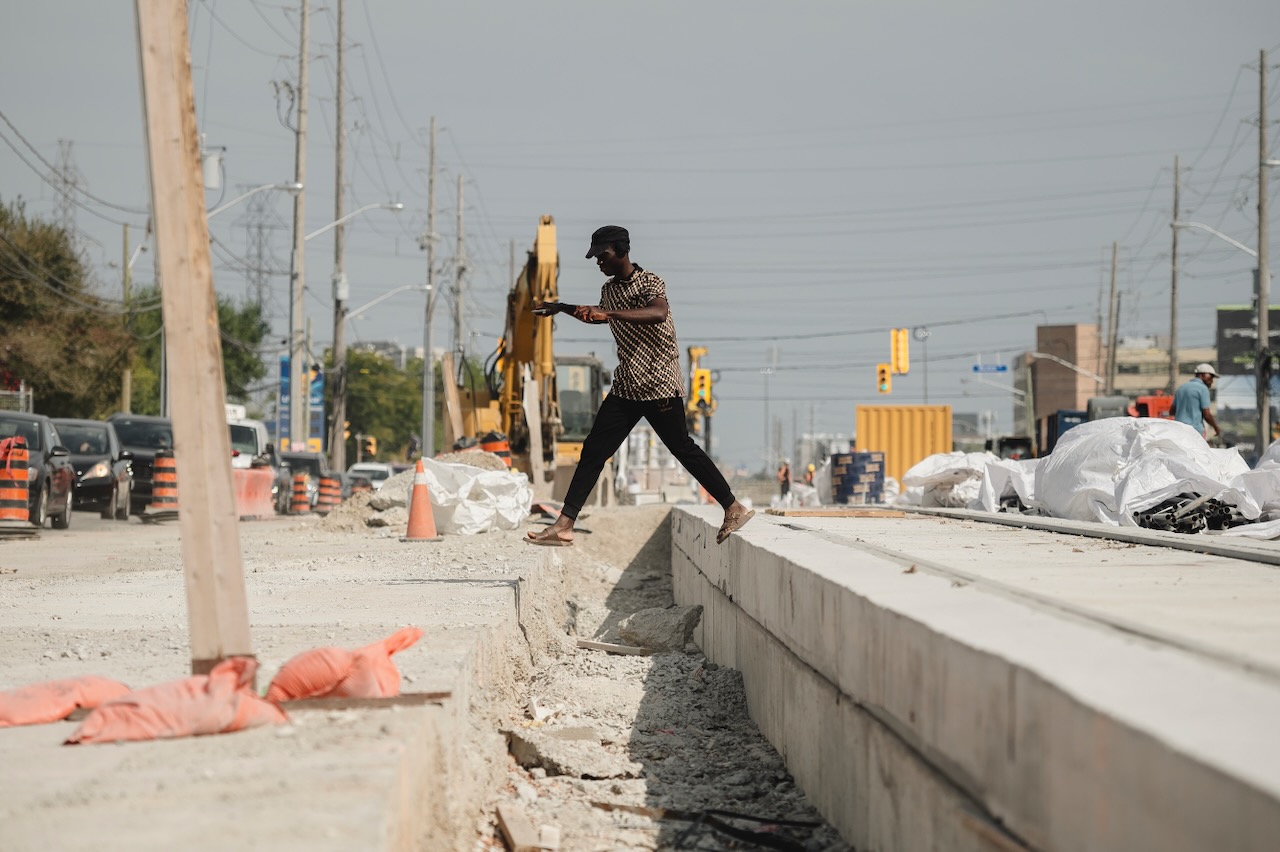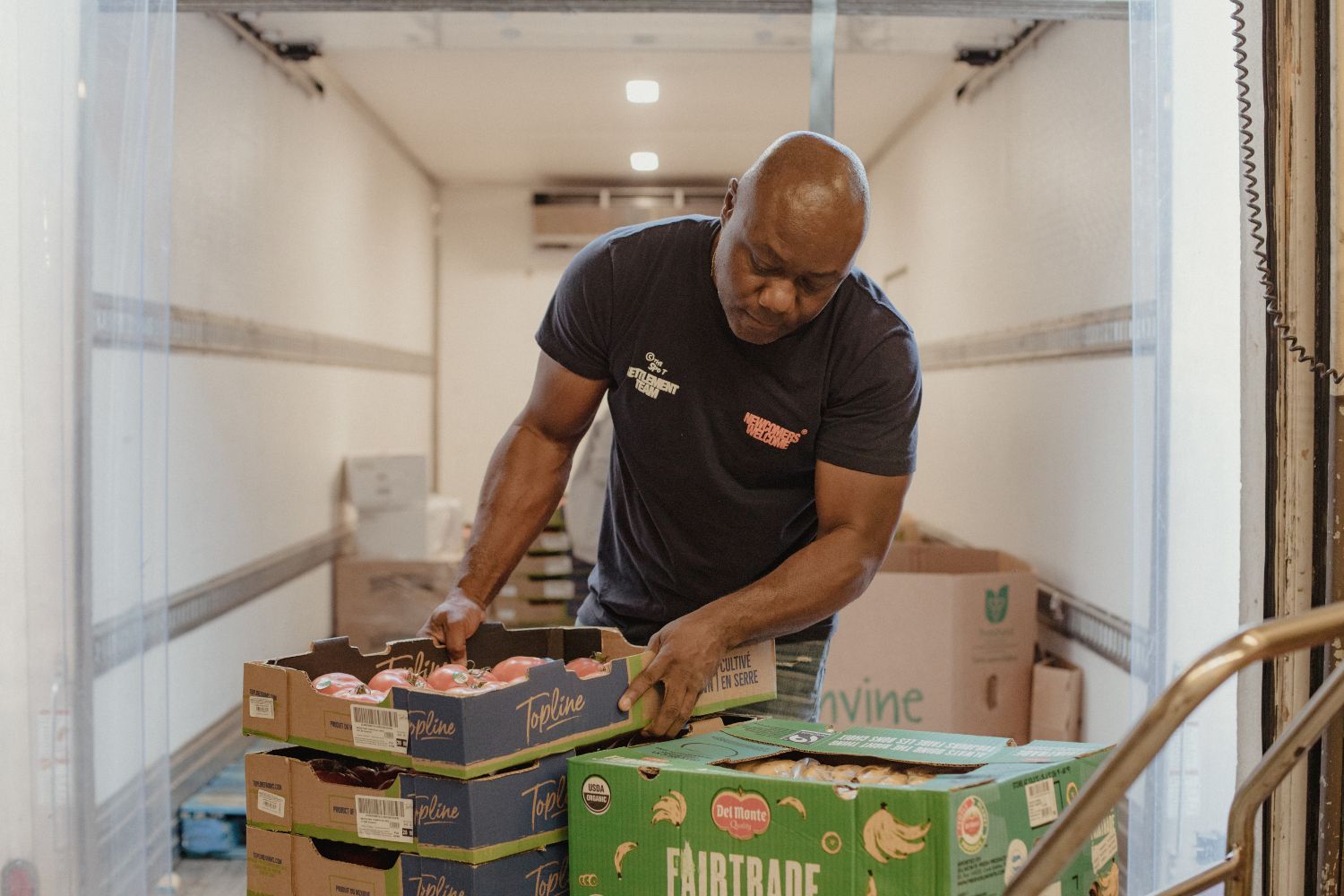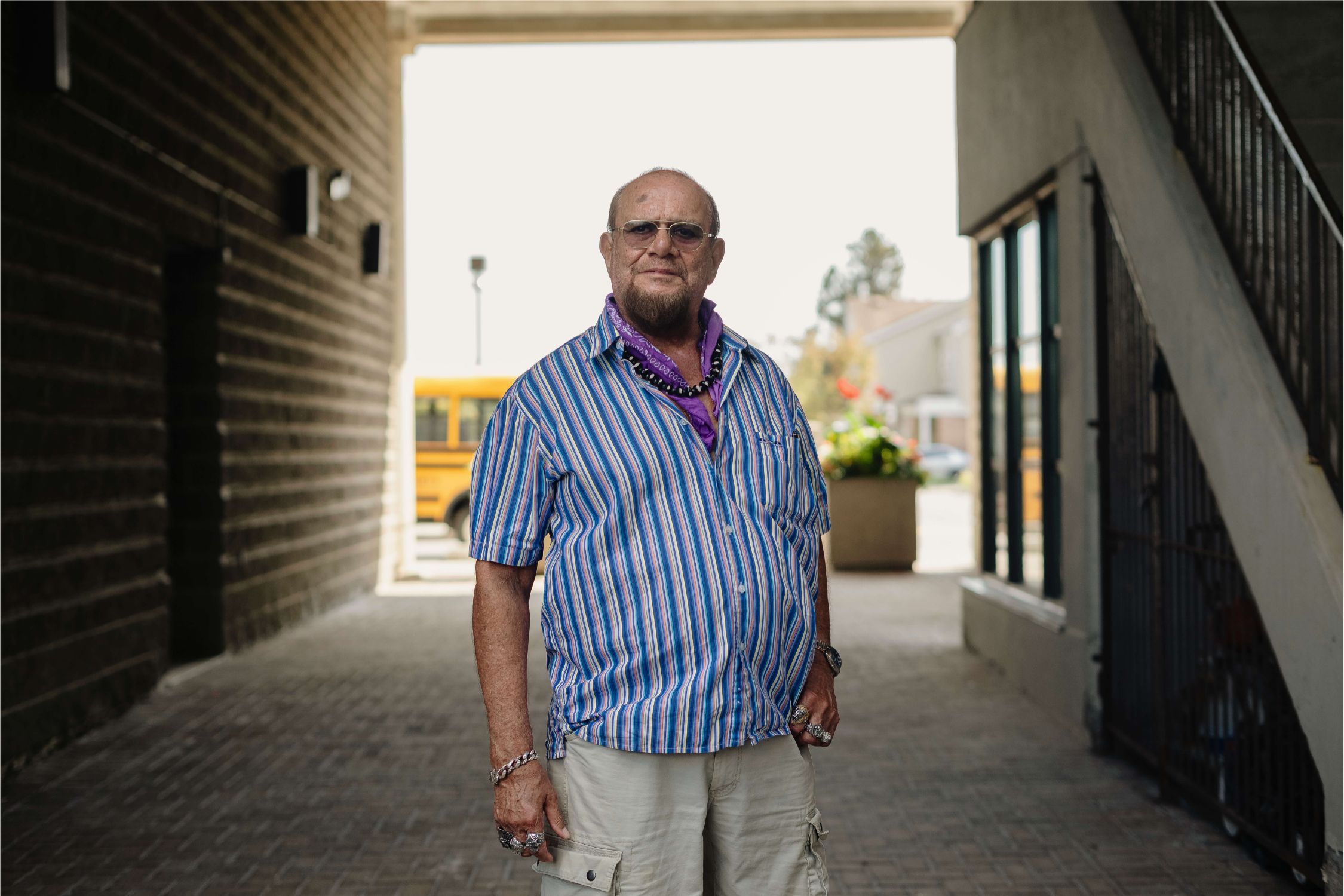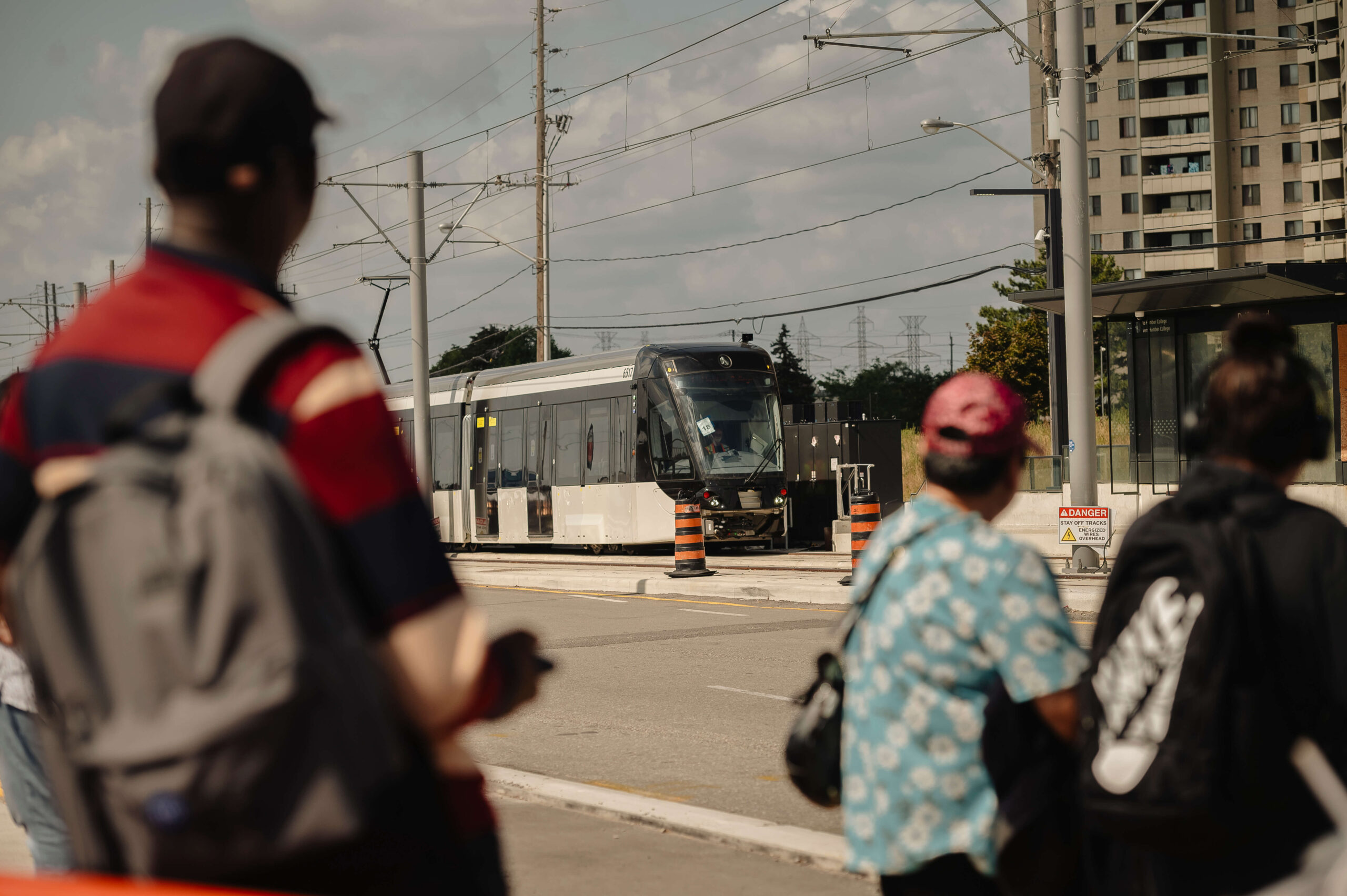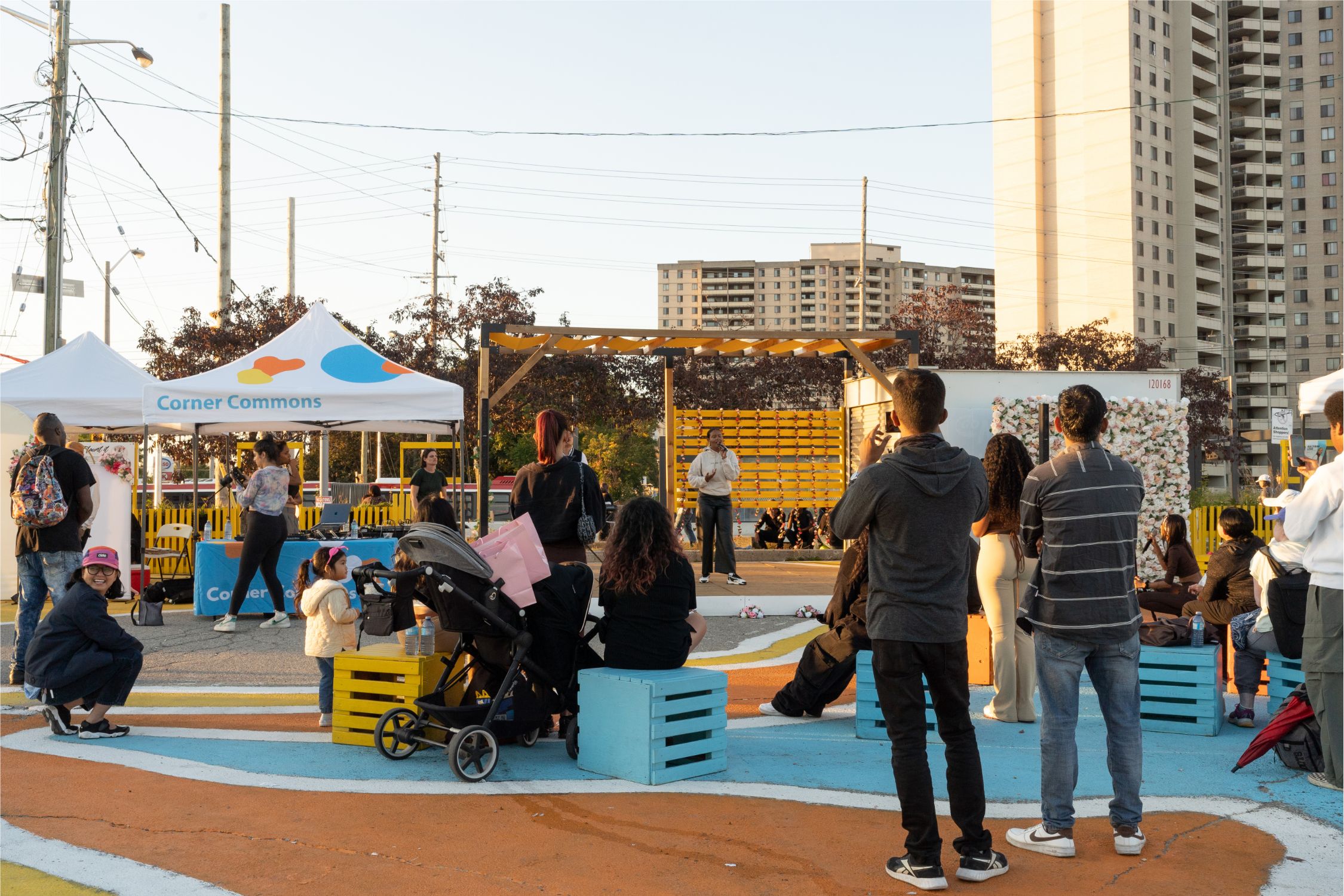
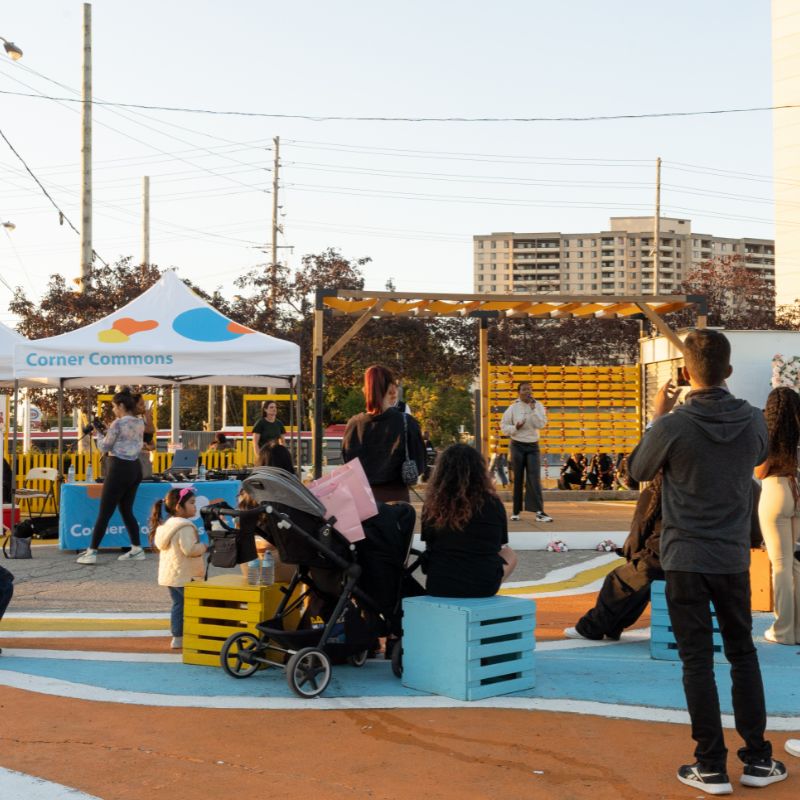
When Caitlin Arizala logged in to a Zoom call in early summer 2022, she had no idea she was about to receive news that could transform her neighbourhood. The 21-year-old is a community manager at Flaunt It Movement, a grassroots, youth-led organization serving women at Jane and Finch. That morning, Arizala and her co-workers went through their emails together as usual, looking for responses to the various grants for which they had applied. As Serena Liu, one of the team’s leaders, read the message announcing they had been granted funding from the Metcalf and Laidlaw Foundations to open a community studio space for racialized young women in the arts in northwest Toronto, the group burst into tears. “It was like a dream come true,” says Arizala. Little wonder, as the collective had been working for the past seven years to find funding to build something sorely needed at Jane and Finch—community space.
As soon as they read the email, Arizala and the others began messaging fellow organizers and leaders from neighbourhood groups. Where news like this might look like a singular win for one organization, it felt to Arizala like a victory for the community— a success that had come after decades of labour and community organizing.
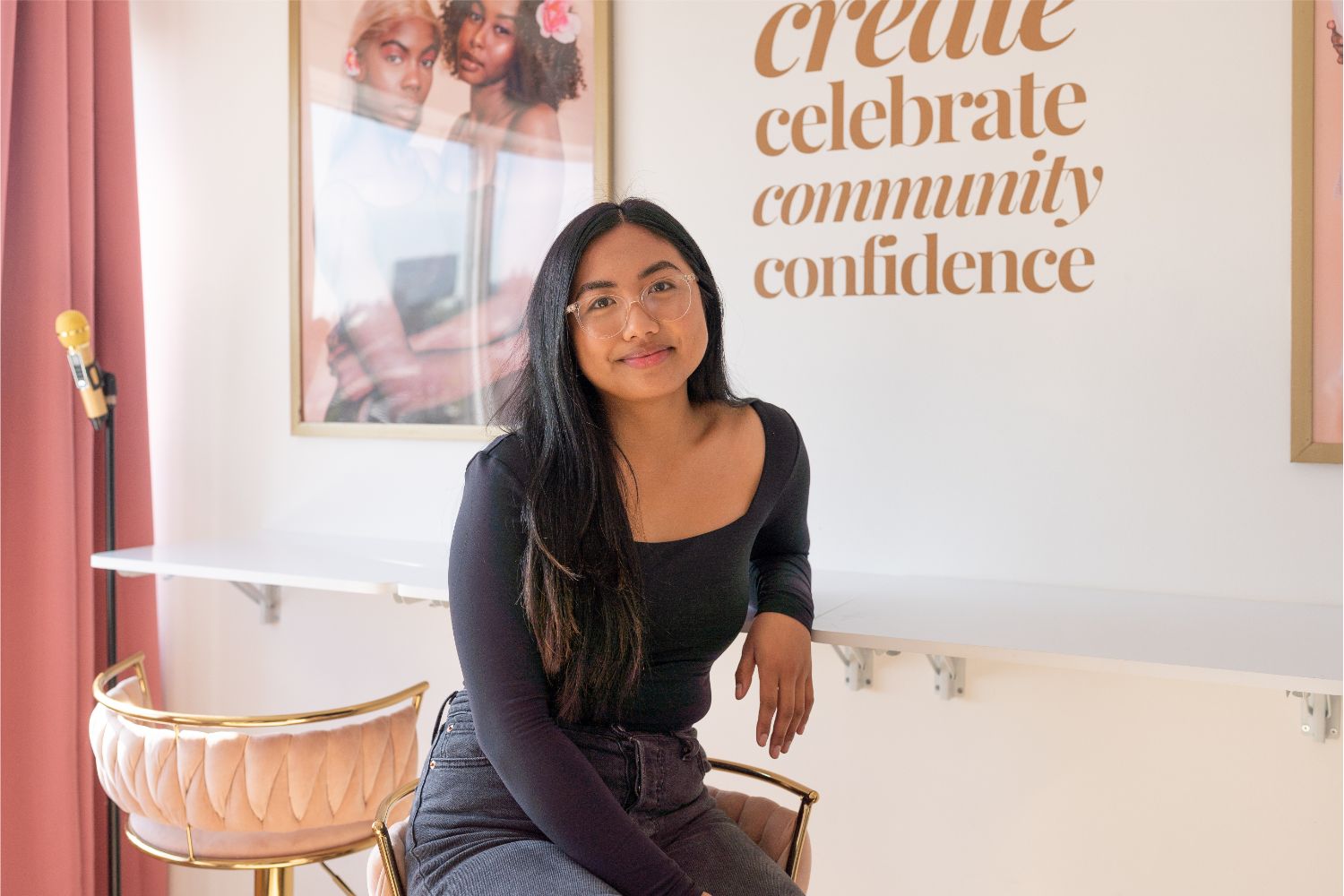
The new studio space, which is located close to Finch West Station, is one of the latest in a string of initiatives that Jane and Finch community members have taken on in the absence of adequate government support. “We haven’t seen the investment and infrastructure that’s needed for a neighbourhood to be able to adapt to changing needs, but also to be able to evolve and to grow,” says Michelle Dagnino, executive director of the Jane/Finch Family Centre. Those kinds of investments are needed to support people, Dagnino said, and “in the case of the Jane and Finch neighbourhood, to really break cycles of generational poverty.”
A lack of investment isn’t the only issue. Dagnino notes that Jane and Finch does have a lot of existing spaces, like schools, parks, and community centres, but they’re not always accessible due to a lack of open and transparent policies. “It continues to be very hard for us to get into schools or Toronto Community Housing,” she says. “I’m completely unsure what their use-of-space policy is.” While the community has a lot of green spaces and parks, they often don’t have benches or enough playground structures, and aren’t easily accessible by public transit.
Because many community groups like the Jane/Finch Centre have to lease commercial spaces, the people accessing these spaces, who are often racialized, are also vulnerable to negative encounters with private security. And even when the government does invest in social infrastructure, this investment is often coupled with an increase in police presence. The Toronto Anti-Violence Intervention Strategy (TAVIS), for example, was deployed in what Toronto had designated priority investment neighbourhoods as part of its Toronto Strong Neighbourhoods Strategy. It marked thirteen neighbourhoods for more targeted social infrastructure investment, but was also used to justify heavier police presence.
As the Finch West LRT arrives in Jane and Finch, bringing with it waves of development and investment, residents are calling for a concurrent investment in social infrastructure that has been long missing. Despite the competitive environment that limited funding creates, local leaders are attempting to work across different groups and organizations in ways that support each other. And in contrast to the tradition of the government and developers just importing one-size-fits-all fixes that may have worked in other communities, residents are fighting for solutions that speak to their local realities. This time, residents say, the outsiders building at Jane and Finch must take the time to get to know the community their project will affect.
When Arizala talks about Flaunt It Movement’s success finally securing funds and a temporary lease for their studio space, she attributes it to a connection with a longer-term social infrastructure project: The Hub.
The as-yet unbuilt Jane and Finch Community Hub and Centre for the Arts, also known as “The Hub,” is envisioned as the new heart of the community—a one-stop shop that will have art studios, a multipurpose gym, community kitchen, childcare, and settlement services. The Hub is also intended to serve as a launchpad for entrepreneurs in the community, and to host an array of mental health services. In many ways it is a collectively dreamt stopgap that makes up for the holes in Jane and Finch’s community service delivery.
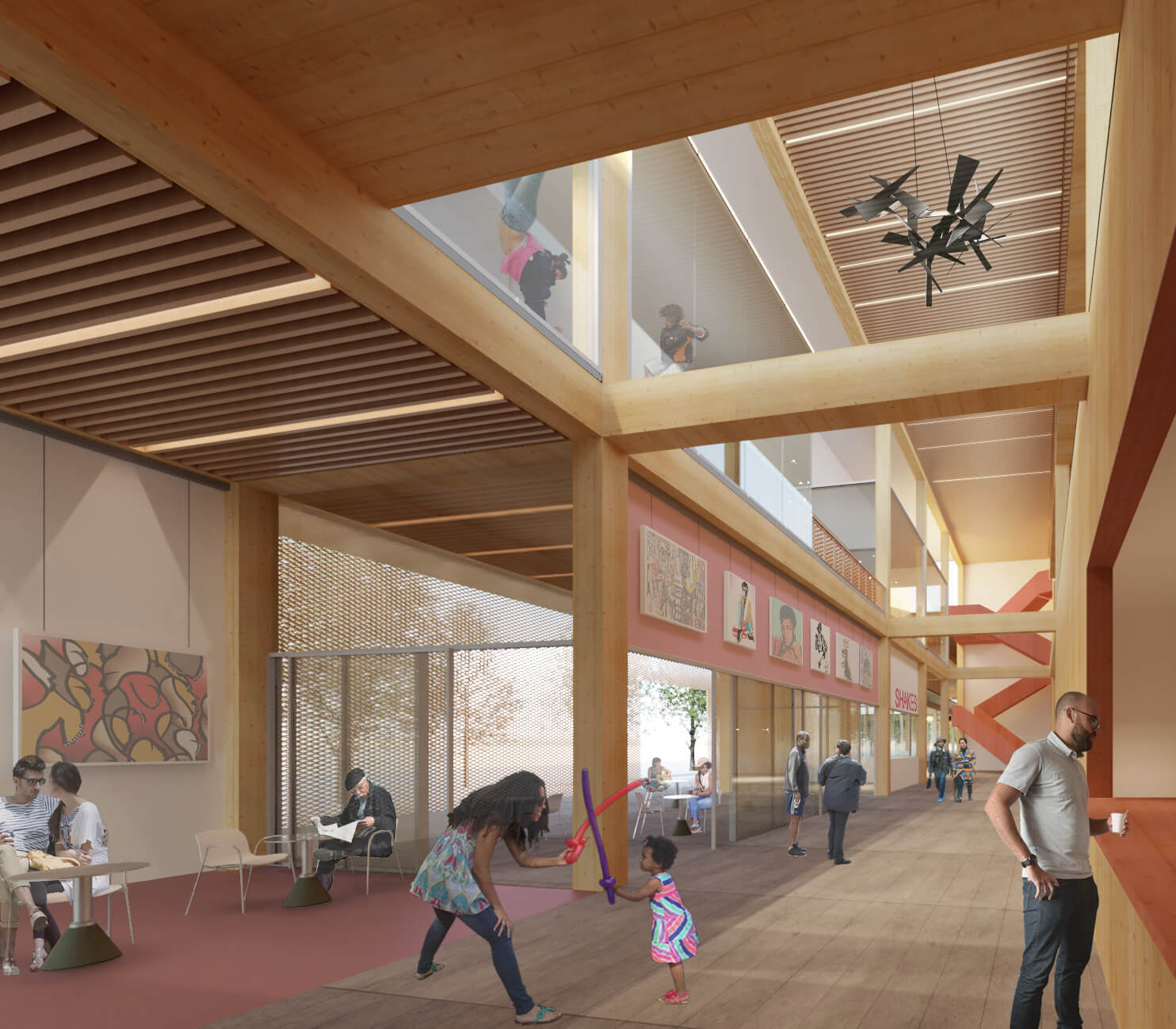
The project has been at the centre of a decade-long struggle between community organizers and Metrolinx. Following the 2012 resuscitation of the Finch West LRT project, Jane and Finch community members learned about Metrolinx’s plans to build an enormous maintenance and storage facility on the land between York Gate Boulevard and Norfinch Drive. In 2013, community members—almost all of them seniors—embarked on a months-long campaign to ensure that Jane and Finch would be able to wrest some much-needed benefits out of the government’s transit plans. They made phone calls, exchanged emails, stormed open houses, and crashed the offices of Metrolinx staff and political aides. If the community was going to put up with years of construction and host a massive garage in the middle of their neighbourhood, they were going to be as vocal as possible about their needs. Central to the efforts of the residents, who named themselves the Community Action Planning Group, was the long held dream of a community arts centre and neighbourhood hub.
After five years of negotiation, the group received confirmation from Metrolinx in the fall of 2018 that the maintenance and storage facility would be set back 32 metres from Finch Avenue to allow for the Hub. In July 2020, however, Metrolinx reneged on its agreement and announced instead that it planned to sell the land. Reactions were swift and a protest was organized. “The anger, frustration, and the betrayal was palpable,” says Suzanne Narain, an organizer with Jane and Finch Action Against Poverty, one of the groups that led the protest. After concerted pressure, Metrolinx agreed to give the land back to the community for the Hub. Transportation Minister Carolyn Mulroney made the announcement in March 2021.
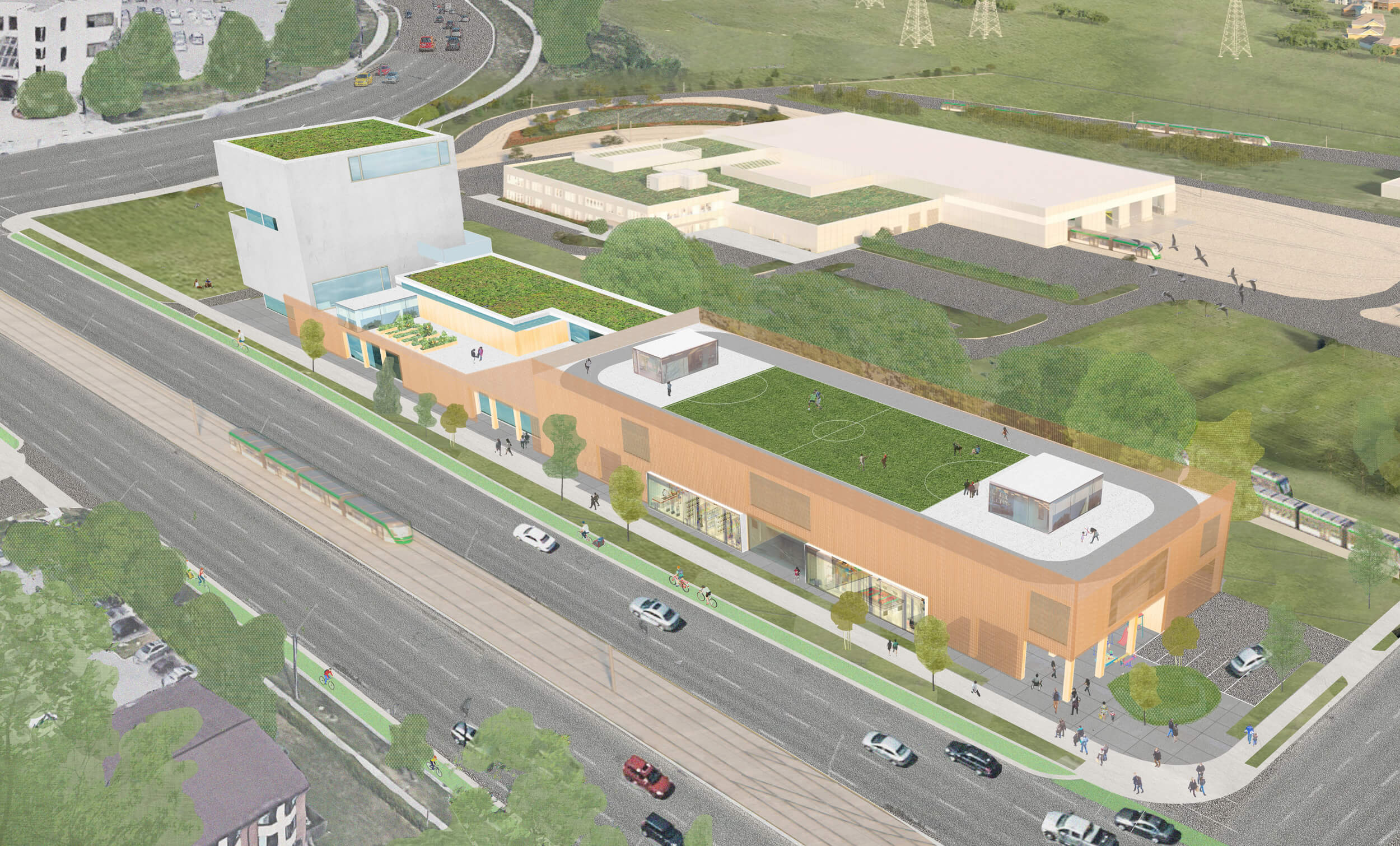
This is where mainstream media attention mostly ends—with a triumphant hurrah, the community activists prevailing over the treacherous government agency and clawing back their arts centre. But that “happily ever after” ending is a little more complicated. Troy Budhu and Clara Stewart-Robertson, co-chairs of the Hub’s organizing committee, certainly aren’t counting their chickens. Budhu notes that “Metrolinx reserves the right to hold the land where the hub is, for construction and maintenance purposes.” Further, the provincial organization also reserves the right to postpone construction of the Hub for another six years following the maintenance and storage facility’s completion. Assuming construction on the facility ends this year (according to Metrolinx, construction on the facility is “expected to reach substantial completion this month”), then the groundbreaking ceremony for the Hub might not arrive till 2029. The decade-long struggle for the community space, it seems, could require many more years.
That’s where projects like Flaunt It’s new studio come in. With the Hub years from becoming a reality, the argument goes, projects like the studio are a testing ground for how it can function as a community space. According to Stewart-Robertson, one of the goals of the committee is to think: “how do we support these groups like Flaunt It that have a particular idea, and energy to build something… new”? And with the Hub still a distant hope, local organizers need to think about what their community will do in the intervening years.
“A lot of people are being displaced,” says Budhu. “A lot of people are going through a lot of struggles in the neighbourhood. And a lot of people won’t be around to see the benefits.”
Local Journalism Matters.
We're able to produce impactful, award-winning journalism thanks to the generous support of readers. By supporting The Local, you're contributing to a new kind of journalism—in-depth, non-profit, from corners of Toronto too often overlooked.
SupportJane and Finch has been embroiled in the struggle for social infrastructure for over half a century. In By Us! For Us!—a history of Jane and Finch—long-term resident and community leader Wanda MacNevin details how the neighbourhood was targeted by the Ontario Housing Corporation in the 1970s for a concentration of social housing disproportionate to the rest of Toronto and Canada, despite public planning reports arguing for diversified forms of housing. MacNevin cites a 1987 Metro Toronto Police community profile which observed of Jane and Finch that “as the population increased and more social housing was built, adequate services (e.g., immigration, employment) were not provided to keep pace with the growing disadvantaged (and new immigrant) populations.”
“They didn’t think about the number of daycare centres that might be needed,” says MacNevin. “They didn’t think about the recreation facilities that would be needed for use. They didn’t think about social services. They didn’t think about people coming from different parts of the world who didn’t speak English, to be able to access services.”
Another effect of the intensified social housing concentration was a lack of centralized services. From above, Jane and Finch is a series of blocks of social housing without streets running through them, resulting in what MacNevin describes as “mazes.” One side effect of this has been that the neighbourhoods in the area are separated, both spatially and socially. Young people from each community are more likely to keep to their own neighbourhood, even if there are nearby services they might want to take advantage of.
Almost half a century later, the people of Jane and Finch are still contending with this legacy of disastrous planning. And after decades of being ignored, residents have become accustomed to fighting for the services they should have been given in the first place. The community has produced its fair share of community organizing veterans—enough that some like MacNevin have gone into retirement. Still, she is hopeful. In recent years, she’s seeing more organizers from more diverse backgrounds. “Their voices are going to be heard.”
When Tiffany Ford was growing up in Firgrove—one of Jane and Finch’s seven constituent neighbourhoods—her mother would take her on the bus to a community centre on Bathurst for her piano lessons. Today, as the interim executive director of the non-profit organization Promoting Education and Community Health (PEACH), Ford is focused on ensuring that Jane and Finch residents don’t have to travel out of the community to have access to the services she had to commute to as a kid.
PEACH is located in a warren of interconnected industrial offices a 15-minute walk from Jane Finch Mall and a 20-minute walk from the LRT’s maintenance and storage facility site. If the Hub is the gleaming dream solution for the future, then Ford’s vision for PEACH is to transform it into its more grounded cousin—the thing that can do the community work in the meantime, and in case the shiny edifice never gets built.
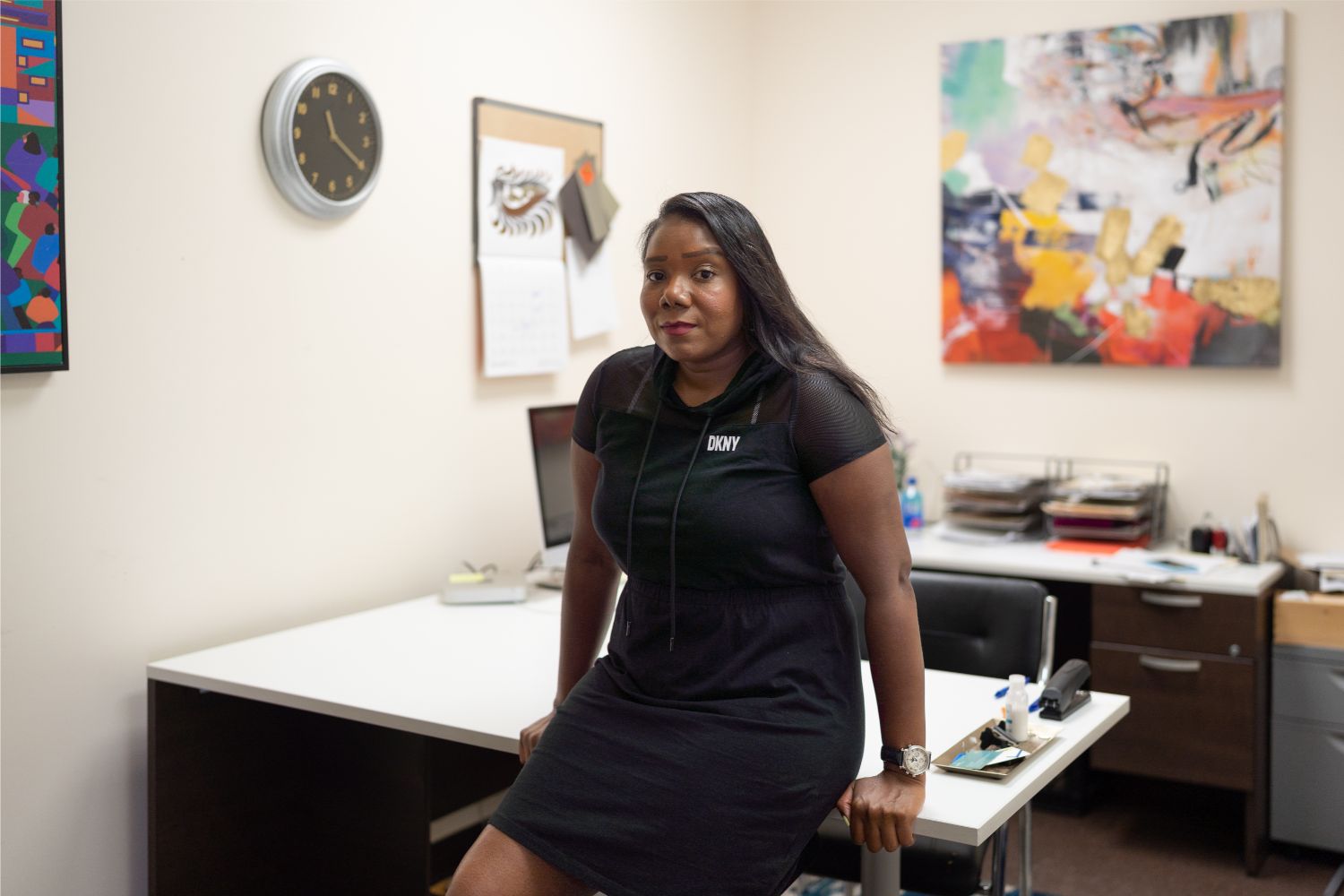
I visit on a Tuesday morning in August, just after their weekly food bank program has ended. There are still crates of food left over that Ford tells me she’ll deliver in-person later in the day. Law students from York University’s Osgoode Hall sit by the entrance, there to provide free community legal aid. Behind them is a computer room in which PEACH recently ran a computer-literacy program for seniors, and across the hall is a music studio. In Ford’s office is a sign marking PEACH as an LGBTQ+ welcoming space. Community spaces in Jane and Finch haven’t always put up such signs, Ford tells me, but she’s insistent that PEACH feels like a hub for all community members, especially those who previously may not have felt welcome.
When PEACH opened 35 years ago, it was a place where students who had been expelled or suspended students from the TDSB or TCDSB would be sent to do schoolwork with a certified teacher. When Ford stepped in as interim executive director in 2022, part of her pitch was to transform PEACH into a much needed community services hub. Since taking over, however, she confesses that the reality has proven more challenging than she anticipated. There’s not enough funding, for one thing, and Ford has had to take on tasks like sweeping up, since they can’t afford a cleaning team. She sometimes has to barter with community members to find people to facilitate programs, and relies on carefully cultivated relationships.
If projects like Flaunt It’s studio are being designed with the expectation that the Hub will one day be built, even if a little delayed, then PEACH—located three blocks south of the proposed site of the hub—is being built for those cynical about the willingness or ability of Metrolinx and the government to deliver. “Do I believe it’s going to happen?” says Ford. “Not necessarily. I think it might come one day in life, but I don’t think it’s going to come anytime soon. So for the moment, I think PEACH is the actual hub. And that’s what I’m trying to do right now.”
Looking for more?
Read more stories about Toronto's North West, a community on the verge of a massive transformation.
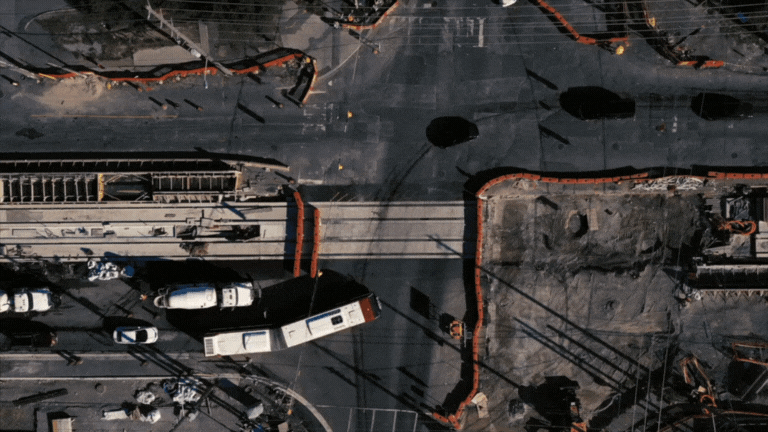
On an overcast Sunday in August, three white tents flap in the wind in a corner of a parking lot at Jane Finch Mall. What might otherwise be a stretch of black asphalt for cars has, over the past four years, been transformed into an ad-hoc community space run by the Jane/Finch Centre—a brightly painted nook replete with benches, flowers, and a raised platform where community members can attend community workshops, throw events, and hang out.
Corner Commons, as the space is known, emerged out of a partnership between the Jane/Finch Centre and Jane Finch Mall in 2019. This afternoon, representatives from the Migrant Workers Alliance for Change are training community members in protest chants for a day of action in September. I arrive at the tail end of the meeting and stand at the edge of the gathering. I am not from Jane and Finch and I feel conspicuous as a journalist; despite my invitation, I feel like an intruder. As the meeting ends, a volunteer from the organization encourages people to stay, eat, and maybe paint some protest signs. Someone cues up Peter Tosh’s “Get Up, Stand Up” over the sound system. A resident climbs on the platform and begins to dance, his flowy white garments billowing in the wind. Eventually a volunteer taps me on the shoulder. “Brother, would you like some doubles at the table over there?”

Corner Commons (top left) is a temporary community space in the parking lot of Jane Finch Mall. Aerial photography by Christopher Katsarov Luna / The Local.
After years, sometimes decades, of fighting for what should be theirs, there’s a danger that residents can burn out. Narain, who is also a member of the Black Creek Food Justice Network, founded to advocate for food security in Jane and Finch, tells me that the group is on a hiatus as its members are exhausted. Stewart-Robertson says burnout’s a concern for many organizers, and especially for the Hub Organizing Committee, as they continue the long haul of getting the Hub ready.
As I watch people dance, eat, and interact on that Sunday, however, I understand why people constantly risk exhaustion and fatigue in their fight for community spaces. The residents present that afternoon have gathered to vent and strategize as precarious workers and students negotiating a thorny immigration system that does not seem to value their presence. As their feet glide over the asphalt, however, it is hard to imagine that they have no roots here—this is their home.
The street that runs past this refuge is clogged with construction. About a block west, it swells and spills over onto the sidewalk. This is where the massive LRT garage is being built. If you walk to the easternmost edge of the Jane Finch Mall parking lot, you can just about see the sliver of land in front of the gleaming glass and metal edifice of the maintenance and storage facility. It is still just dirt and scraggly weeds, but someday, if all goes as promised, this is where the Hub will be built, and Jane and Finch residents will finally have a long-fought-for antidote to the poor planning of their community. It might be a five minute walk from Corner Commons, but its completion is much further away. For now, residents will have to content themselves with weaving whatever dreams, plans, and community connections they can in places like this temporarily transformed parking lot.
The Finch West Issue is made possible through the generous support of United Way Greater Toronto and Metcalf Foundation. All stories were produced independently by The Local.

